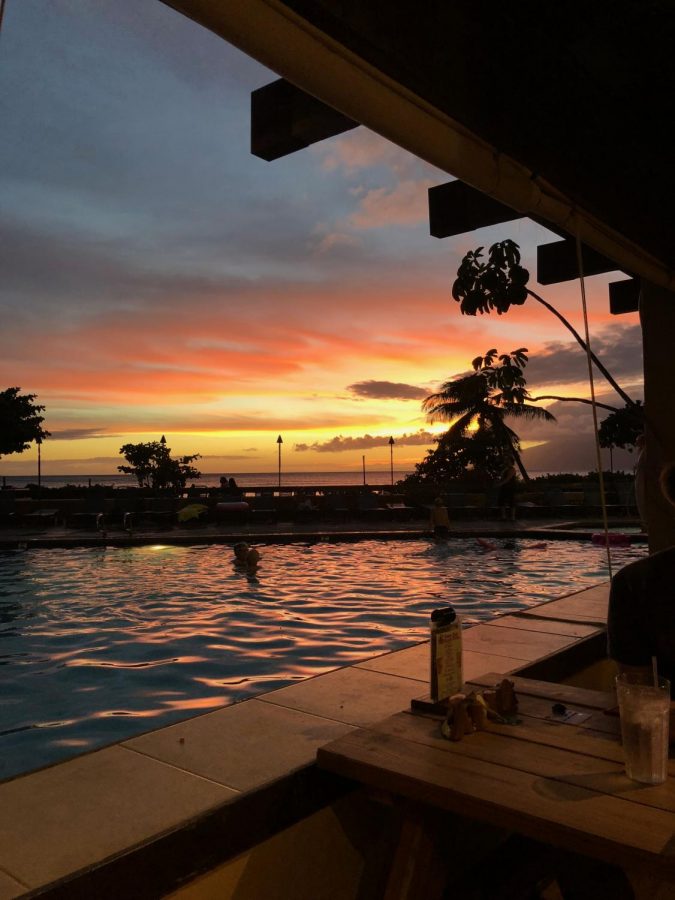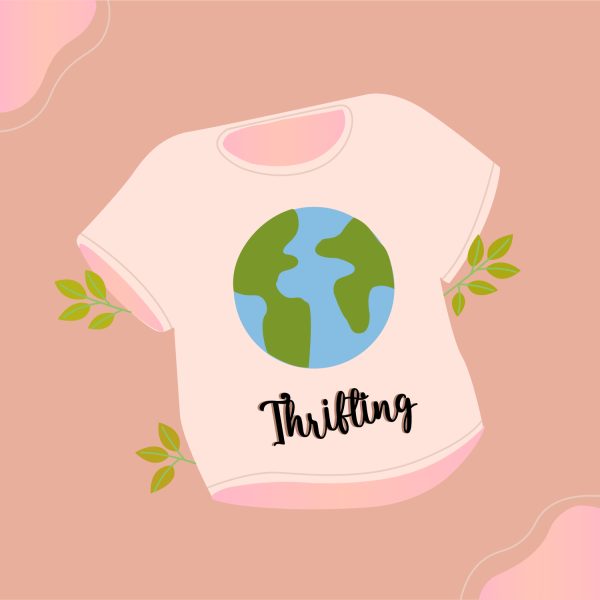The Ultimate Destination
May 1, 2019
As spring turns to summer and the school year transitions to break, vacation season will soon be in full swing. Many vacations fall under two broad categories: tropical and sightseeing. While tropical destinations are self-explanatory, sightseeing could entail visiting famous cities, national monuments or national parks. And with each type of vacation comes a unique set of advantages and disadvantages that make the trip worthwhile or worth missing out on. As students and their families consider where to travel this summer, here is an examination of each type of popular vacation.
Idealized as a serene paradise getaway, tropical vacations are a favorite among all ages. With a variety of destinations, people have a wide array of choices in which they can soak up the sun and the sea. According to TripAdvisor, in 2018, Hawaii, the Bahamas, Costa Rica and Mexico all made the list of the 21 best tropical destinations for travelers. Each of these locations offers opportunities for popular water activities like swimming and snorkeling, a chance to experience an abundance of sun and heat, and a unique cultural and natural environment experience. Especially living in the Seattle area, a tropical destination seems like an ideal contrast to the typical cloud coverage and scattered showers. Freshman Anna DeCaprio agrees, explaining, “Where we live, our climate isn’t quite as…tropical or warm,” which draws people to such island paradises.
Many tropical vacations also provide an opportunity for a person to spend time for oneself or with one’s friends or family in a secluded setting. Senior Jessica Wood believes that “the exclusion from the rest of the world” is the number one quality that draws people to tropical destinations. Wood says, “You’re just isolated and…you can just enjoy [the natural environment].”
However, like any trip, a tropical getaway has its downsides, and the coveted isolation can have its faults as well. As freshman Brendan Huang explains, “You have to bring your own stuff if there’s no stores around.” Taking distance into consideration as well, junior Shannon Lin cites the usually lengthy travel time as another downside of tropical isolation. Lin points out, “If you need a full day of traveling then that would take away from your [break].” Still, many people are willing to set aside long plane rides and the absence of common stores for the wonder of a tropical destination.
For those who wish to see the grandeur of a national park or a famous monument or city firsthand, sightseeing vacations involve a wide range of possibilities to experience one of these places for oneself. According to National Geographic, the three most visited national parks in the United States in 2018 were the Great Smoky Mountain with about 11.42 million visitors, the Grand Canyon with 6.8 million visitors, and Rocky Mountain National Park with about 4.59 million visitors. DeCaprio believes people love to visit national parks “either because they like to be out in nature or because they just like the views.” And with a variety of environments offered in national parks, from mountains to lakes to forests, each one attracts adventure seekers and nature lovers alike.
For those less inclined toward nature, big cities teem with culture, history, and excitement. According to Business Insider, the most visited cities in 2018 spanned from Hong Kong, Bangkok and Singapore in Asia, to London and Paris in Europe, to New York City in the United States. With so many vibrant cities to choose from, sightseers are guaranteed to find an urban destination that suits their needs.
Sophomore Dalainee Haessler believes people are drawn to sightseeing vacations “to see history,” and that being able to say you saw a famous city or a world renowned monument is the greatest reason why people go. Junior Enzo Elin, on the other hand, thinks “getting a new experience” attracts people to tourist destinations, who enjoy “[experiencing] a new part of the country or the world.”
If you cannot choose between a tropical paradise and seeing a famous city, park, or landmark, not to fear–many sightseeing vacations overlap with tropical getaways. For example, according to PearlHaborInHawaii, about 1.5 million people visit Pearl Harbor in Oahu, Hawaii, each year. Pearl Harbor is the famed World War II memorial commemorating the attack on Pearl Harbor on December 7, 1941. And according to TravelAndLeisure, the famous historical site Chichen Itza in Yucaton, Mexico, receives 1.4 million visitors each year. Each of these locations offers both the beach-going fun and relaxation of a tropical destination with the historical experience of a sightseeing vacation, catering to the varying interests of families torn between one or the other.
However, if traveling with young children, tropical and sightseeing vacations may not be on an equal playing field. As senior Benjamin Adkins explains, “If I had to lean towards one it would be tropical because that’s something that almost anyone can enjoy.” Adkins continues, “If you’re a kid and you hear about Lady Liberty, you’re not going to enjoy it as much as hot weather.” Wood agrees, citing being able to “keep track of all your kids” in less crowded tropical destinations as another reasons they are more family friendly.
Still, it all comes down to personal preference. If someone is fascinated by history and nature, visit a national park. If someone wants to spend time snorkeling and surfing, travel to the tropics. If someone wants to see ancient sights or famous cities up close, tour a popular historical or tourist destination like Athens or New York City. Whichever route you go, summer is sure to be an adventure.






